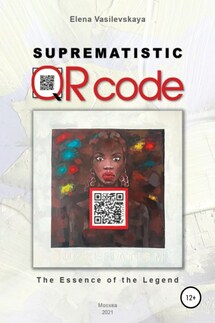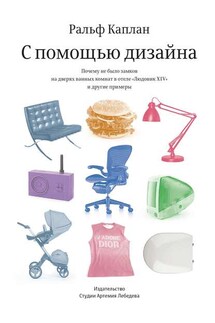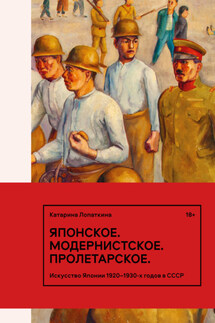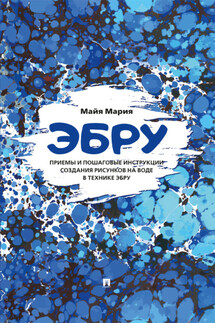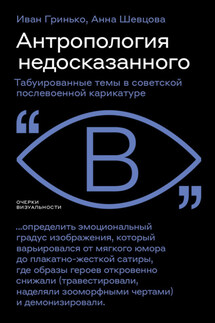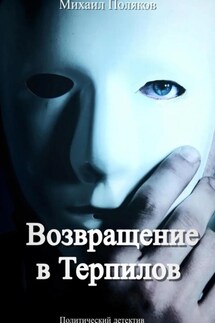Suprematistic QR code: The Essence of the Legend - страница 2
As Malevich’s painting were neither accepted nor appreciated by the public, he fell into psychological depression. It influenced the mood of his creations at that time. But the leadership qualities of K. Malevich strengthened the desires to create, to move further, to self-express, to oppose to everything.
Either the desire for new trends or monitoring new things in art (for example, graphic drawings of the popular and often published in magazines at that time Aubrey Beardsley) left an imprint on the artist’s work.
Studying at the I. Rerberg’s School (from the fall of 1905 to 1910) was important for Malevich’s style. Rerberg’s teaching system was distinguished as flexible, comprehensive, oriented on the interests in new trends in painting. Despite the years of study here Malevich later preferred to write about himself that he was self-taught.
Since 1907 to 1910 Malevich regularly exhibited his works (XIV–XVII exhibitions of the Association). Wassily Kandinsky, Mikhail Larionov, Vladimir and David Burliuki, Natalia Goncharova, Alexander Shevchenko, Ivan Klyunkovy, etc. were among the other exhibitors.
Acquaintance with Ivan Klyunkov who took the pseudonym Klyun (1873–1943) soon grew into close communication. They became friends with Malevich who had moved with his family to Moscow and settled in Klyun’s house. Klyun used features of the canonized images and iconographic features (Orthodox) and it influenced Malevich’s style and even fell into the plots of his paintings from different periods. Elements of fresco painting, golden ink (the icon technique), ornamentation, symmetry are reflected in the work “Sketch for Fresco Painting (Portrait of I. Klyunkov)” (1907, State Russian Museum, St. Petersburg). In particular, “The Improved Portrait of a Builder (Portrait of I. Klyunkov)” (1913, State Russian Museum, St. Petersburg) formed the basis of Malevich’s cubo-futuristic style. Pattern, rhythm, flatness are reflected in the painting “The Shroud” (1908, State Tretyakov Gallery, Moscow).
The motive of European Art Nouveau is presented in the work “Rest. Society in Top Hats” (1908, State Russian Museum, St. Petersburg).
In 1909 Malevich married for the second time. His wife was the children’s writer Sofia Rafalovich (?–1925). It was important that the new father-in-law had a country house in Nemchinovka, which became a significant place for the artist until the end of his life. He tried to spend all his free time in Nemchinovka and its surroundings.
Malevich participated in a series of exhibitions which began in December 1910 when the extravagant organizer Mikhail Larionov invited the artist to the first “Jack of Diamonds” exhibition (December 1910 – January 1911). Since then he regularly took part in the shocking exhibitions of left artists who were representatives of Russian pre-revolutionary modernism (Cezanneism, Primitivism, Сubism). “Self-portrait” (1910, State Tretyakov Gallery, Moscow), “Still Life” (1910, State Russian Museum, St. Petersburg) are the works of this period. At the same time the artist participated in the exhibition called “Union of Youth” (St. Petersburg, April – May 1911). The next exhibition was in Moscow. Its head was the same (Larionov), and its title is defiant – “Donkey’s Tail” (March – April 1912). Here Malevich exhibited over 20 works – “Argentine Polka” (1911, private collection, New York), “Bather” (1911, Stedelic Museum, Amsterdam), “Gardener” (1911, Stedelic Museum, Amsterdam), etc.
